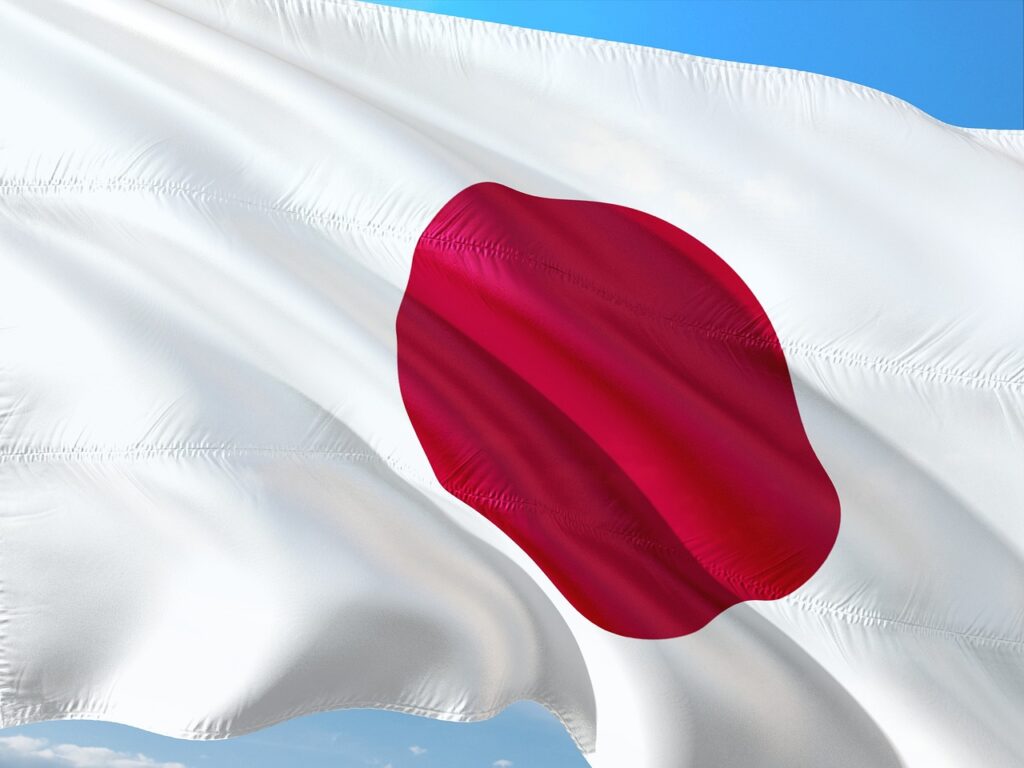Hydrexia has entered into a partnership with YamatoH2E to develop robust hydrogen solutions tailored specifically for the Japanese economy.
This collaboration highlights the growing trend towards cleaner energy sources as Japan pushes forward with its ambitious hydrogen strategy aiming to significantly decarbonize its energy systems. Statistics from Japan’s Ministry of Economy, Trade and Industry indicate that hydrogen could power 10 percent of domestic energy needs by 2030 if current trajectories are maintained.
The increasing support for hydrogen infrastructure is not without its challenges. One pressing issue is the high cost associated with hydrogen production and distribution. Presently, hydrogen production remains considerably expensive due to the advanced technology and infrastructure required. The Japan Hydrogen Association reported that prices need to halve before hydrogen can become commercially competitive with fossil fuels. This pricing challenge places considerable pressure on industry stakeholders to innovate and reduce costs rapidly.
Hydrexia’s collaboration with YamatoH2E aims to address these challenges head-on by utilizing Hydrexia’s expertise in metal hydride-based hydrogen storage technology. Such technologies promise safer and more cost-effective storage solutions, potentially aligning with the national objectives in hydrogen utilization. However, the path to efficient hydrogen-powered systems involves complex engineering problems necessitating further research and development investments. Recent advancements suggest promising avenues, such as utilizing cheaper, more abundant materials and developing new catalysts to enhance production efficiency.
Critical to Japan’s hydrogen ambitions is the integration of these systems with existing infrastructures. Currently, the limited number of hydrogen refueling stations represents a significant logistical bottleneck. According to the Association of Hydrogen Supply and Utilization Technology, Japan has only 130 hydrogen stations—far short of the government’s target of 900 by 2030. This shortfall necessitates accelerated development and strategic public-private partnerships to build necessary infrastructure.
Moreover, the partnership between these two entities is set against a backdrop of increased governmental support for hydrogen technologies. In 2021, the Japanese government allocated approximately $3 billion to boost hydrogen supply chain capabilities. This investment is anticipated to spur further private sector engagement, creating a competitive landscape that may expedite advancements in technology and cost reductions.
Stay updated on the latest in energy! Follow us on LinkedIn, Facebook, and X for real-time news and insights. Don’t miss out on exclusive interviews and webinars—subscribe to our YouTube channel today! Join our community and be part of the conversation shaping the future of energy.
